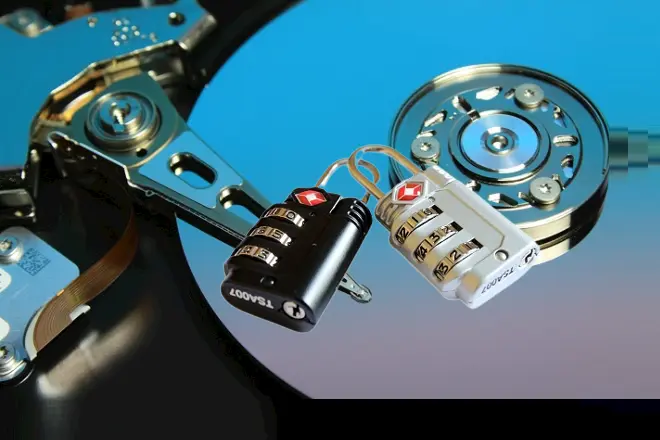
Locking a computer with the security methods that Windows has developed for user accounts is quite effective in the home or work environment, but it can do little when the computer is stolen and, along with it, the main disk drive.
Indeed, with a hard drive adapter, it is possible that the thief can read your information from another computer or even a cell phone. Fortunately, there is a way to block such access without having to use more sophisticated encryption methods.
It’s all about protecting the primary drive with the data security options provided by the BIOS (UEFI) menu. This method varies depending on the computer model, but as an example, we show you how to do it on a Lenovo IdeaPad S145 laptop.
Locking Down a Lenovo IdeaPad: Setting a Hard Drive Password
First, turn off your computer. Next, turn on the computer and immediately press the F2 key (in other brands it may be the ESC key or some othLocking Down Your Lenovo IdeaPad: Setting a Hard Drive Passworder function key)
When the BIOS (UEFI) options menu opens, navigate with the arrow keys to the Security tab and select Set Hard Disk Passwords with the Enter key. Then follow the instructions. When finished, save the changes made.
From now on, when you turn on your computer, you will be required to enter the password configured in the previous process. If at any time later you consider that this security measure is not necessary, return to the Security tab of the BIOS (UEFI) menu and leave the password box blank.
As a final recommendation, be sure to write down and save the password protection for your hard drive in a safe place, so that the risks of losing access are minimized.